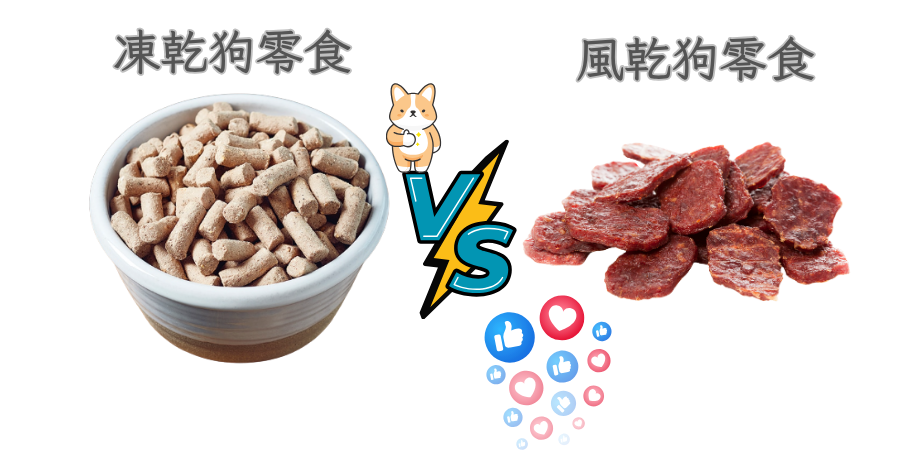Air-Dried vs. Freeze-Dried Dog Treats: Which is More Nutritious?
Freeze-dried snacks retain 95–99% of their original nutrients through low-temperature vacuum sublimation, while air-dried snacks, which evaporate moisture with hot air at 10–75°C, retain approximately 70%. This article analyzes nutrition, texture, storage, and cost, and offers purchasing recommendations.
Process Differences and Nutrient Retention
| Process | Technical Principle | Temperature range | Nutrient retention rate |
|---|---|---|---|
| Air-dried | Hot air circulation evaporates moisture | 10–75°C | About 70% |
| Freeze-dried | First, rapid freezing, then vacuum sublimation | Extremely low temperatures | 95–99% |
Texture and palatability
- Air-dried dog treats: crispy and hard texture, strong chewing feeling, suitable for training rewards.
- Freeze-dried dog treats: have a crispy texture and can be rehydrated to become a "raw meat" texture, improving palatability.
Shelf life and portability
- Freeze-dried: Moisture content 2-5%, shelf life of more than 1 year, light and easy to carry.
- Air-dried: Moisture content 10–14%, shelf life about 6–9 months, affordable price.
Cost considerations and purchasing recommendations
Freeze-drying equipment is expensive and market prices are high, making it suitable for those seeking the highest nutritional value. Air-drying, on the other hand, is simple and affordable, making it suitable for daily training. We recommend alternating these methods to balance nutrition and taste.

